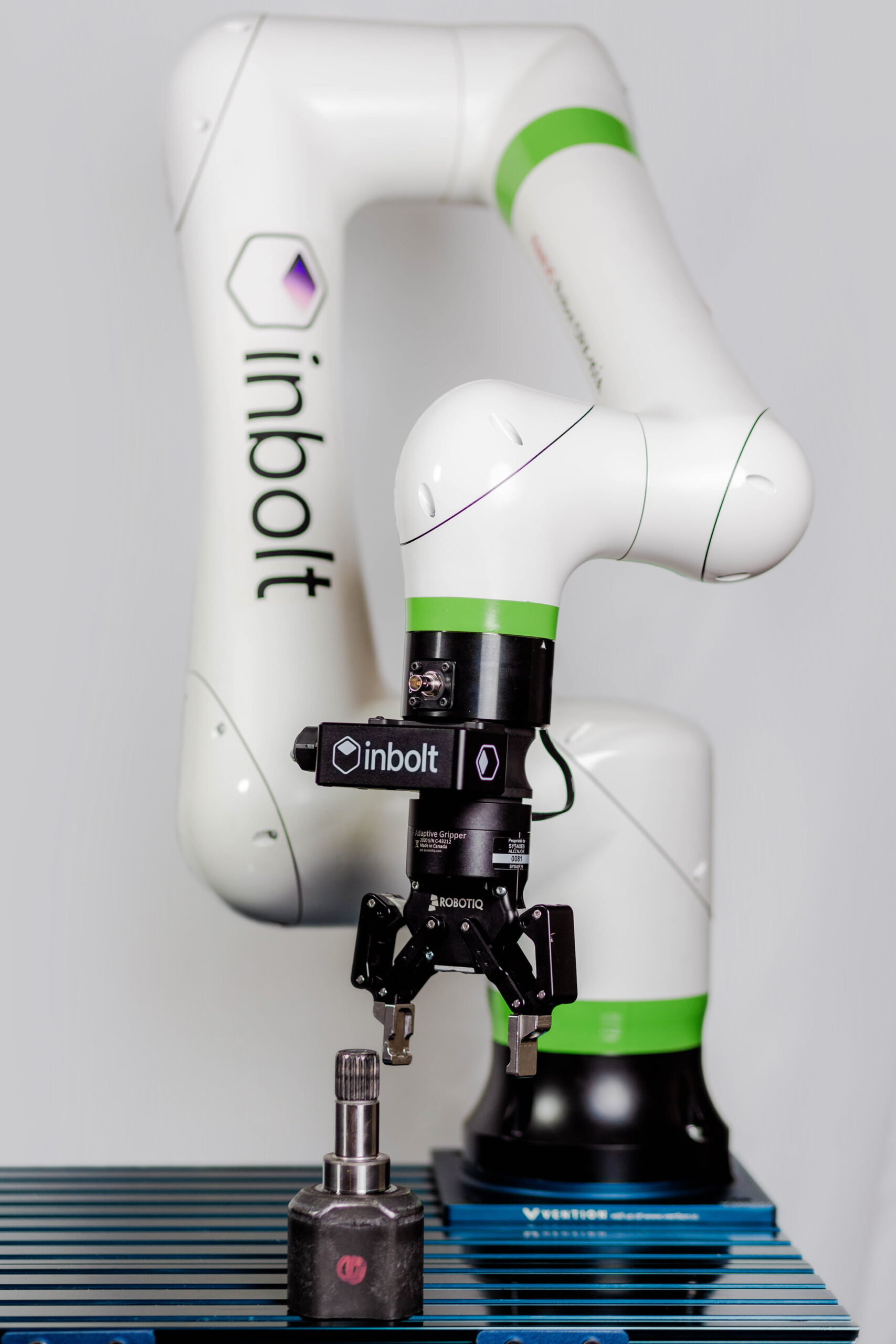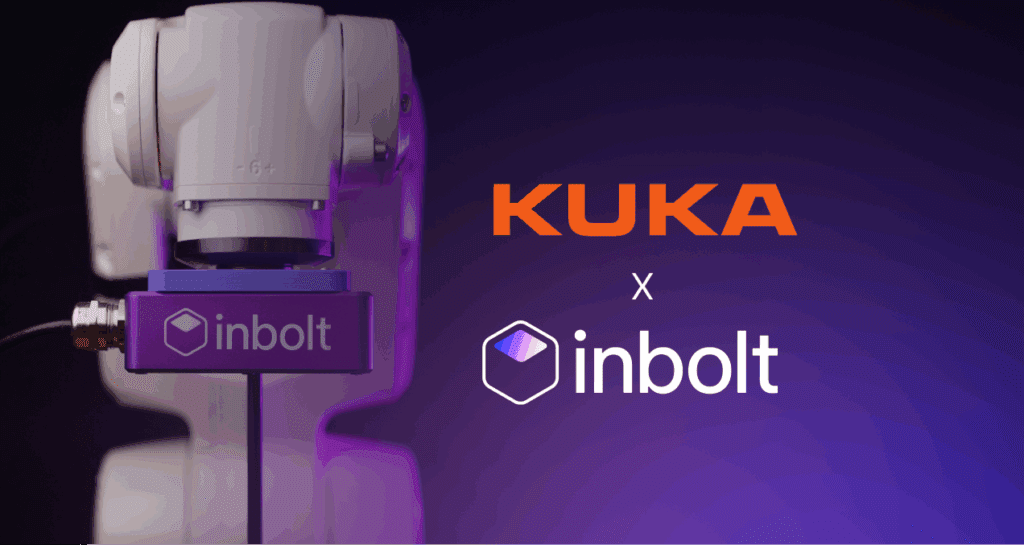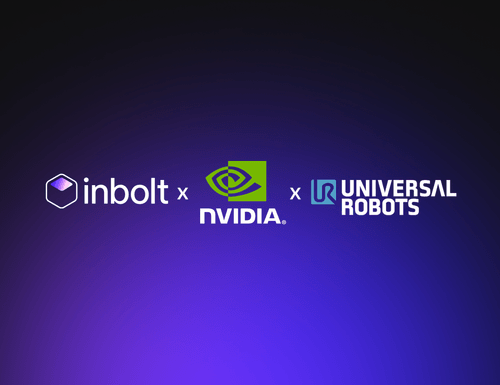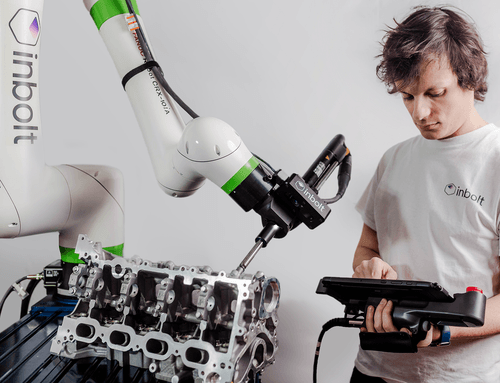Cobots 101: Understanding Collaborative Robotics
This article is a, walk through the benefits and drawbacks of using cobots, and things to keep in mind before splurging.
Cobots 101: Understanding Collaborative Robotics
So you Think you Want a Cobot? What you Need to Know Before Taking the Plunge
Collaborative robots, or cobots for short, are a type of robot designed to work alongside humans in a shared workspace or collaboration space. Unlike traditional industrial robots that are caged off from human workers, cobots are built with sensors and software that allow them to safely interact with human beings in close proximity. Modern cobots are more and more characterised by smoother forms and improved ergonomics, making them more user-friendly, visually appealing, and comfortable to touch.
The concept of cobots dates back to the 1990s, but it wasn’t until the early 2010s that the technology began to gain significant traction in the industry. One of the earliest examples of a cobot is the Universal Robots UR5, which was introduced in 2008. Since then, the market for cobots has exploded, with a wide range of manufacturers offering a variety of models for different applications. The global collaborative robots market was valued at $701.56 million in 2021 and is predicted to grow at a CAGR of 15.2% to reach $2506.90 million by 2030. High ROI, easier programming, and decreasing costs are key drivers of this market, though lower power efficiency and slower speed of collaborative robots compared to traditional industrial robots can be a restraint. Machine tending is currently the top use case for collaborative robots, with the automotive industry being one of the leading customer industries for these robots.
Today, we are walking through the benefits and drawbacks of using cobots, and things to keep in mind before splurging.
ADVANTAGES
Realistically speaking, cobots have a lot of advantages on their side, which makes it easy to explain their rising popularity.

Compact
Cobots are more compact and lighter than traditional industrial robots. This means several things:
- Cobots can be easily deployed in any setting and do not require a cell or a specific station to be implanted. They can be moved and reprogrammed to suit various needs, making their investment worthwhile.
- Collaborative robots, or cobots, have a lighter payload, which is both a blessing and a curse. Most cobots can handle payloads under 20kg, with Fanuc’s CR35ia being a rare exception that can peak at 35kg. In contrast, industrial robots can usually handle anywhere between 50 to 100kg.
Versatility
- They do not have to run only one task for their entire existence. Due to the nature of cobots, they can be re-programmed and re-used throughout their entire lifetime.
- Cobots are known for their ease of programming. Even individuals without roboticist training can program them through methods such as “demonstration,” which is possible with the free mode on UR. This makes collaborative robots very straightforward to deploy.
Safety
- Cobots are cute. Or, at the very least, they aren’t scary-looking. Their edges are round. Their wires and motor are hidden inside the arms, which makes them particularly safe-looking. All of this has a purpose. It sends a message: I am not a threat, and I can be put to work close to humans.
- Cobots, as opposed to industrial robots, operate at a slower speed. While still faster than humans in general (generally speaking, because they can repeat the exact same motion with perfect repeatability to the infinite), cobots are slowed down to allow one of their unique features to stand out: force-feedback/collision avoidance/unplanned touch technology. Depending on the cobot brand, this technology causes the arm to slow down or stop when approaching a potential collision with a human, ensuring human safety. This feature enables robots and humans to work in close proximity while keeping human workers safe at all times.
Affordability
- The general costs of these also remain generally affordable, at least compared to industrial robots, for which the price easily moves into the hundred thousand. Cobots, in comparison, remain in the smaller ballpark, starting at 20K and climbing.
- Their affordability also means that they become financially accessible for SMBs. SMBs are therefore allowed to increase their productivity as well, which is an advantage that only used to be made available to larger industries.
Responsiveness
- The size of these robots also allows for them to be hand-programmed with waypoints. The arm can be moved manually, and its position remembered so that it can recreate the movement on its own later. This option is not available for industrial robots.
LIMITATIONS
Lack of Speed
- Cobots’ speed is lower than traditional industrial robots (to allow the force-feedback, as mentioned above). As a result, collaborative robots might be less efficient for certain applications.
Durability
- Cobots have a shorter lifespan than traditional industrial robots. This can lead to a need for more frequent replacement or maintenance, which may impact their overall cost-effectiveness in certain contexts.
Coding
- Cobots come equipped with simple path planning (generally pick-and-place), but anything more complex will need to be coded in its program, either in-house or with the help of an integrator.
Safety Certification
- Safety certification is crucial for collaborative robots. The safety of a collaborative robot installation largely depends on the design of the End-of-Arm Tooling (EOAT). For example, if an EOAT includes a seesaw, it could pose a significant safety risk and may no longer be considered safe for use as a coworking tool.
End-Of-Arm-toolings
- Cobots never come equipped with the relevant End-Of-Arm-toolings. Depending on the task given to the robot, the planning and purchase of an EOATs is a separate task that needs to be budgeted for.
Who are cobots for?

Cobots are, simply put, for everyone. They aren’t stealing jobs, and they aren’t making industrial robots obsolete. What they are doing is responding to a problem in the industry that we didn’t even know we had. They’re a niche product that is steadily growing in popularity, which we cannot deny. This is actually really good news all around.
There are various brands of collaborative robots available in the market. Some of the well-known brands include Universal Robots (UR), FANUC, and ABB. Other emerging brands in this space include Kassow Robots, Denso, Franka Emika, and Nyrio. These brands offer a range of collaborative robots with different payload capacities, reach, and other specifications to meet the diverse needs of industries, with a few criteria that are similar across the board: They can assist people up close, which is the entire point. But more particularly, they are really useful for companies that are working with high mix low volumes.
Cobots work alongside highly skilled people, generating individualised products. This means that companies can move beyond mass production and offer mass customisation, which is the general trend we have seen in the past few years
Explore more from Inbolt
Access similar articles, use cases, and resources to see how Inbolt drives intelligent automation worldwide.
Reliable 3D Tracking in Any Lighting Condition

The Circular Factory - How Physical AI Is Enabling Sustainable Manufacturing

NVIDIA & UR join forces with Inbolt for intelligent automation

KUKA robots just got eyes: Inbolt integration is here

Albane Dersy named one of “10 women shaping the future of robotics in 2025”

Want to Sound Smart About Vision‑Guidance for Robots?

Inbolt Joins NVIDIA Inception to Accelerate AI-Driven Automation


